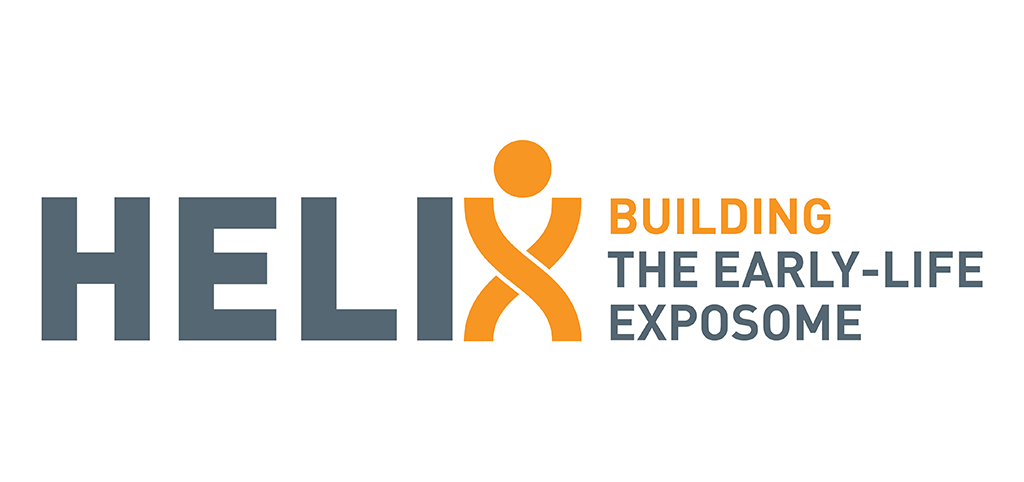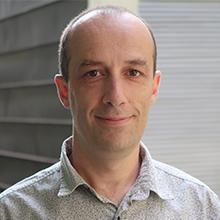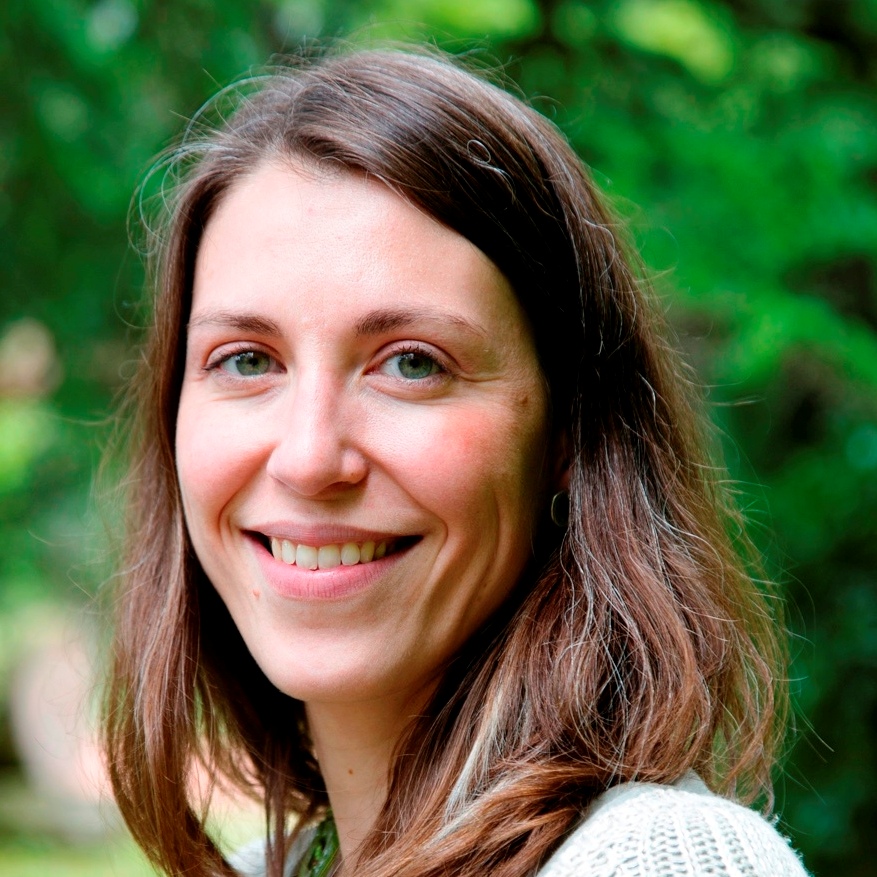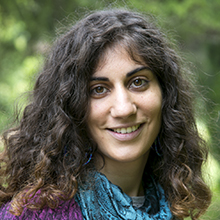HELIX
Novel tools for integrating early-life environmental exposures and child health across Europe

- Duración
- 2013-2017
- Coordinador
- Martine Vrijheid (ISGlobal)
- Financiadores
- Comisión Europea. Seventh Framework Programme
- Página web
- http://www.projecthelix.eu
Due to our ever changing environment and habits, exposure to environmental contaminants is growing increasingly complex. The totality of environmental (non-genetic) exposures from conception until old age is defined as the ‘exposome’. The HELIX ‘early-life exposome’ approach involves combining all environmental hazards that mothers and children are exposed to, and linking this to the health, growth and development of children.
Pregnancy and the early years of life are well recognized to be periods of high susceptibility to environmental damage with lifetime consequences. Characterisation of the exposome in early life can provide very effective tools for disease prevention, given that interventions at that time can reshape biological programming and shift the body’s developmental track to the normal function. This makes early life an important starting point for development of the exposome.
The results of the project will help us to better understand how various types of exposures combine to influence our risk of disease.
The project will develop a comprehensive set of high-tech tools, methods and prospective data to measure and integrate the chemical, physical and molecular environment and link this to health of children. Smart phones are used to measure air pollution, UV radiation, physical activity and noise exposure. The latest laboratory techniques is used to measure biological indicators of many chemical exposures including contaminants in food, consumer products and water. In all, HELIX will collect full exposome data from 1,200 mothers and their children, the largest study to do this.
To achieve this, HELIX uses six existing, prospective birth cohort studies in Europe (BiB, EDEN, INMA, KANC, MoBa, Rhea). These cohorts have already collected large amounts of data as part of national and EU-funded projects. Results will be integrated with Europe-wide data to estimate health impacts at the larger European scale.
HELIX is funded by the EU and will receive €8.6 million over the course of five years. The project comprises of thirteen European partners, including two SMEs.
Related blog posts
Endocrine Disruptors—What Do They Disrupt?
The Exposome: Understanding the Effect of the Environment on Our Health
Nuestro equipo
Investigador principal (IP)
-
 Martine Vrijheid Research Professor y directora del Programa de Medio ambiente y salud a lo largo de la vida
Martine Vrijheid Research Professor y directora del Programa de Medio ambiente y salud a lo largo de la vida
Equipo ISGlobal
-
 JOSE BARRERA Estadístico
JOSE BARRERA Estadístico -
 Xavier Basagaña Research Professor
Xavier Basagaña Research Professor -
 MARIONA BUSTAMANTE Staff Scientist
MARIONA BUSTAMANTE Staff Scientist -
Maria Isabel Casas Sanahuja
-
 Montserrat de Castro Técnica GIS
Montserrat de Castro Técnica GIS -
Diana Clemente Investigadora predoctoral
Otros proyectos
ENDOMIX
Understanding how endocrine disruptors and chemical mixtures of concern target the immune system to trigger or perpetuate disease
AM-MENTAL
¿Cómo afecta a tu salud mental que tu jefe o jefa sea un algoritmo?
PANAMA
Inhaled dose of air pollution - an integrative approach towards personalized air pollution exposure assessment in participants with and without respiratory diseases
e-QuoL
e-health tools to promote Equality in Quality of Life for childhood to young adulthood cancer patients, survivors and their families
B-Triage
Una prueba en el punto de atención para la estratificación del riesgo de los pacientes febriles basada en los niveles de sTREM-1
El microbioma intestinal y la disrupción circadiana
Un estudio epidemiológico molecular sobre enfermedades cardiometabólicas y salud mental
IHEN
International Human Exposome Network
EXPONIT
Analysing and studying how night shift work affects workers' circadian rhythms and health









